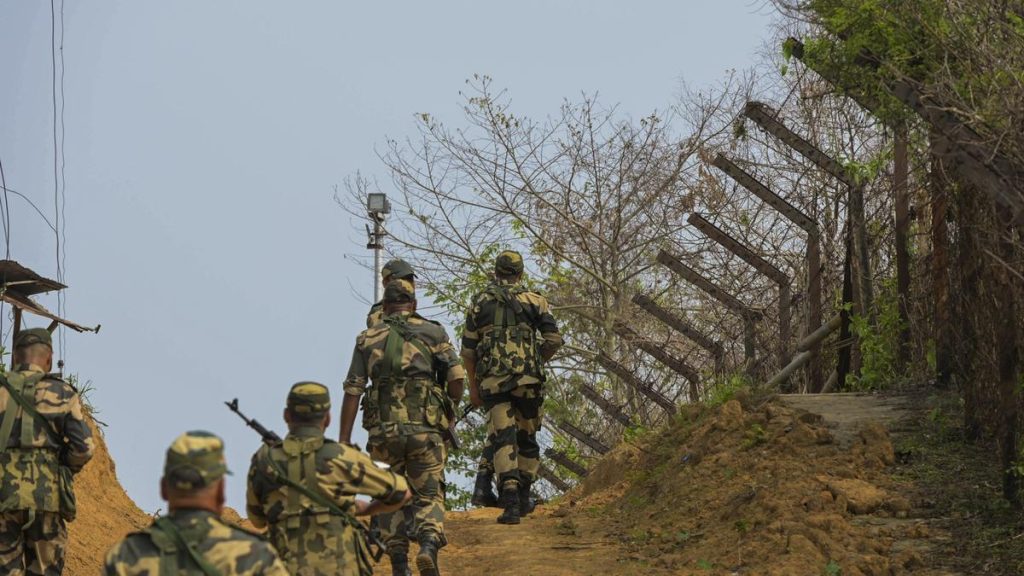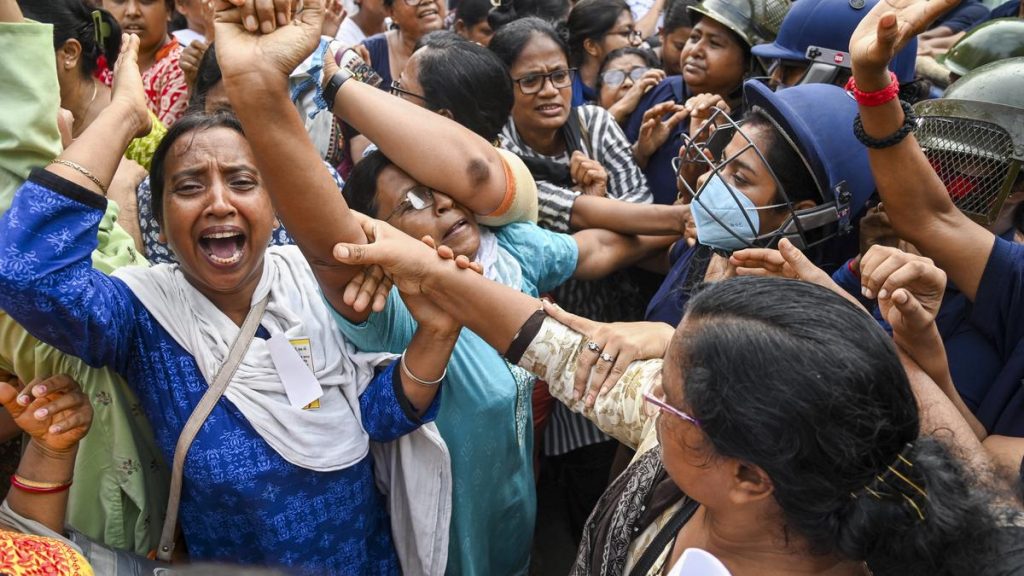Now Reading: BMC Launches Five-Day Mock Drill Campaign Across Mumbai
-
01
BMC Launches Five-Day Mock Drill Campaign Across Mumbai
BMC Launches Five-Day Mock Drill Campaign Across Mumbai

Rapid Summary:
- Operation Abhyas: A nationwide civil defence exercise conducted on May 7, 2025, including mock drills across Maharashtra-Mumbai, Pune, Thane’s Kalyan town, Nashik, Ratnagiri, Sindhdurg, Uran, adn Tarapur.
- Locations and Key Activities: Drills took place at Mumbai’s Chhatrapati Shivaji maharaj Terminus (CSMT) showcasing fire-fighting techniques and air strike response procedures. Police dogs were deployed for checks.
- Participants: Agencies involved included Mumbai Police, civil Defence units, Brihanmumbai Municipal Corporation (BMC), Fire Department personnel, NDRF teams, Home Guard staffers along with NCC and NSS volunteers.
- Objective: Improve emergency response systems through live demonstrations like casualty rescue techniques. Citizens were informed not to panic during emergencies.
- BMC has planned additional blackout drills for five days post-May 7 across various spots in Mumbai to further simulate crisis management scenarios.
- Prabhat Kumar (Director General of Civil Defence) emphasized minimizing loss of life during crises while referencing collaboration with Mumbai University for syllabus inclusion of training programs signed earlier in February 2025.
Indian Opinion Analysis:
The execution of Operation Abhyas reflects India’s proactive stance on bolstering civil defence readiness amidst rising concerns over emergency preparedness post-terror attacks like the one in Pahalgam. The strategic coordination among multiple agencies-police forces to community service organizations-not only strengthens inter-agency capabilities but also reassures public confidence in disaster management frameworks.
Crucially integrating such efforts into education curricula via partnerships like the one with Mumbai University positions future citizens better prepared for handling crises effectively. Continued initiatives prioritizing comprehensive vulnerability assessments through simulations such as blackout drills hold potential both as awareness tools and operational stress tests under varied emergency conditions.
This approach underscores India’s move towards institutionalizing a culture where collective vigilance complements governmental safeguards against unforeseen adversities.
























